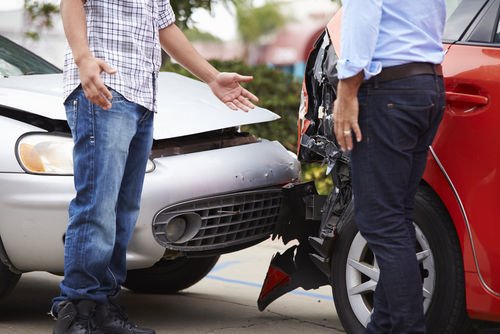Last clear chance doctrine
The doctrine of last clear chance provides that where both parties are
negligent but the negligent act of one is appreciably later in point of time
than that of the other, or where it is impossible to determine whose fault or
negligence brought about the occurrence of the incident, the one who had the
last clear opportunity to avoid the impending harm but failed to do so, is
chargeable with the consequences arising therefrom. Stated differently, the
rule is that the antecedent negligence of a person does not preclude recovery
of damages caused by the supervening negligence of the latter, who had the
last fair chance to prevent the impending harm by the exercise of due
diligence.[1] In one case, the Supreme Court found the doctrine of last clear chance
inapplicable. In the case of PNR v. Vizcara, the proximate cause of the
collision was the petitioners’ negligence in ensuring that motorists and
pedestrians alike may safely cross the railroad track. The unsuspecting driver
and passengers of the jeepney did not have any participation in the occurrence
of the unfortunate incident which befell them. Likewise, they did not exhibit
any overt act manifesting disregard for their own safety. Thus, absent
preceding negligence on the part of the respondents, the doctrine of last
clear chance cannot be applied. (G.R. No. 190022, February 15, 2012)
In one case, the Supreme Court found the doctrine of last clear chance
inapplicable. In the case of PNR v. Vizcara, the proximate cause of the
collision was the petitioners’ negligence in ensuring that motorists and
pedestrians alike may safely cross the railroad track. The unsuspecting driver
and passengers of the jeepney did not have any participation in the occurrence
of the unfortunate incident which befell them. Likewise, they did not exhibit
any overt act manifesting disregard for their own safety. Thus, absent
preceding negligence on the part of the respondents, the doctrine of last
clear chance cannot be applied. (G.R. No. 190022, February 15, 2012)
 In one case, the Supreme Court found the doctrine of last clear chance
inapplicable. In the case of PNR v. Vizcara, the proximate cause of the
collision was the petitioners’ negligence in ensuring that motorists and
pedestrians alike may safely cross the railroad track. The unsuspecting driver
and passengers of the jeepney did not have any participation in the occurrence
of the unfortunate incident which befell them. Likewise, they did not exhibit
any overt act manifesting disregard for their own safety. Thus, absent
preceding negligence on the part of the respondents, the doctrine of last
clear chance cannot be applied. (G.R. No. 190022, February 15, 2012)
In one case, the Supreme Court found the doctrine of last clear chance
inapplicable. In the case of PNR v. Vizcara, the proximate cause of the
collision was the petitioners’ negligence in ensuring that motorists and
pedestrians alike may safely cross the railroad track. The unsuspecting driver
and passengers of the jeepney did not have any participation in the occurrence
of the unfortunate incident which befell them. Likewise, they did not exhibit
any overt act manifesting disregard for their own safety. Thus, absent
preceding negligence on the part of the respondents, the doctrine of last
clear chance cannot be applied. (G.R. No. 190022, February 15, 2012)[1] Canlas v. Court of Appeals, 383 Phil. 315, 324 (2000), citing Philippine Bank of Commerce v. CA, 336 Phil. 667, 680 (1997), citing LBC Air Cargo, Inc. v. CA, 311 Phil. 715, 722-724 (1995); Picart v. Smith, 37 Phil. 809, 814 (1915); Pantranco North Express, Inc. v. Baesa, 258-A Phil. 975, 980 (1989); Glan People’s Lumber and Hardware v. Intermediate Appellate Court, 255 Phil. 447 (1989).
